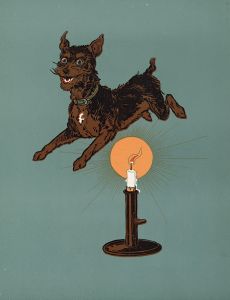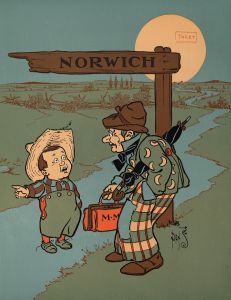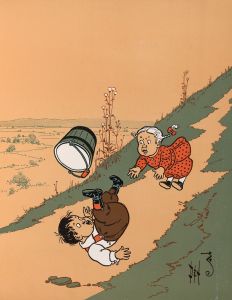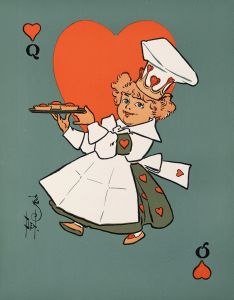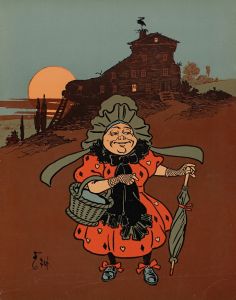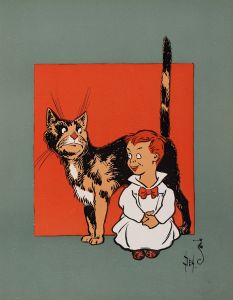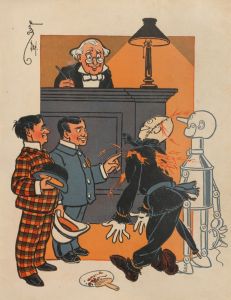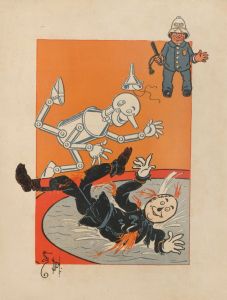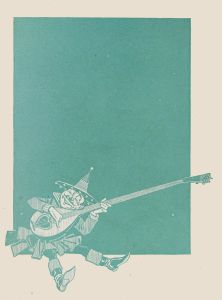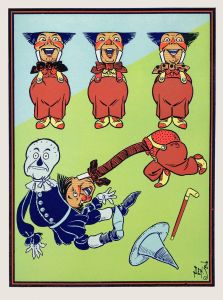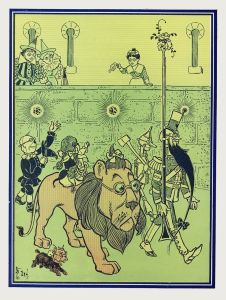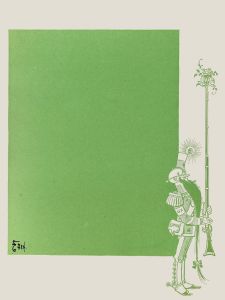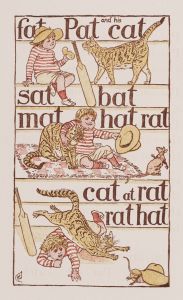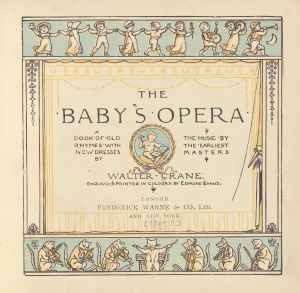
Denslow’s Mother Goose Pl 41
A hand-painted replica of William Wallace Denslow’s masterpiece Denslow’s Mother Goose Pl 41, meticulously crafted by professional artists to capture the true essence of the original. Each piece is created with museum-quality canvas and rare mineral pigments, carefully painted by experienced artists with delicate brushstrokes and rich, layered colors to perfectly recreate the texture of the original artwork. Unlike machine-printed reproductions, this hand-painted version brings the painting to life, infused with the artist’s emotions and skill in every stroke. Whether for personal collection or home decoration, it instantly elevates the artistic atmosphere of any space.
William Wallace Denslow’s illustration titled Denslow’s Mother Goose Pl. 41 is one of the many works created by the American illustrator and cartoonist for his 1901 publication Denslow’s Mother Goose. This book is a collection of nursery rhymes accompanied by Denslow’s distinctive illustrations, which were known for their bold lines, vibrant colors, and whimsical style. The work reflects Denslow’s unique approach to visual storytelling, which contributed to his reputation as a prominent illustrator in the late 19th and early 20th centuries.
William Wallace Denslow (1856–1915) was a celebrated artist best known for his collaboration with author L. Frank Baum on The Wonderful Wizard of Oz (1900). His illustrations for Mother Goose were part of his efforts to reinterpret classic children’s literature with a modern and visually engaging style. Denslow’s Mother Goose was published by McClure, Phillips & Co. and became a popular book for children, showcasing his ability to bring traditional nursery rhymes to life through his art.
The plate numbered 41 in Denslow’s Mother Goose is one of the many individual illustrations that accompanied specific rhymes in the book. Each plate was designed to complement the text of the rhyme it illustrated, often incorporating humor and charm to appeal to both children and adults. Denslow’s work in this collection is notable for its Art Nouveau influences, as well as its use of flat, decorative compositions that were innovative for the time.
While specific details about Plate 41’s content are not widely documented, it is consistent with the overall style and themes of the book. Denslow’s illustrations often featured anthropomorphic animals, playful characters, and imaginative settings, all rendered in a way that emphasized clarity and visual appeal. His work on Mother Goose remains an important example of early 20th-century children’s book illustration and is still appreciated for its artistic merit.
Denslow’s career was marked by both critical success and personal challenges. After parting ways with Baum, he continued to work on various projects, including his own series of picture books. However, his later years were less successful, and he passed away in 1915. Despite this, his contributions to children’s literature and illustration have left a lasting legacy.
For those interested in early American illustration, Denslow’s Mother Goose and its individual plates, including Plate 41, represent a significant achievement in the history of children’s publishing. The book remains a valuable artifact for understanding the evolution of illustrated literature during this period.





